Must-have LaTeX packages for Physics teachers
What was once a daunting thing to use is now my go-to way of making worksheets.
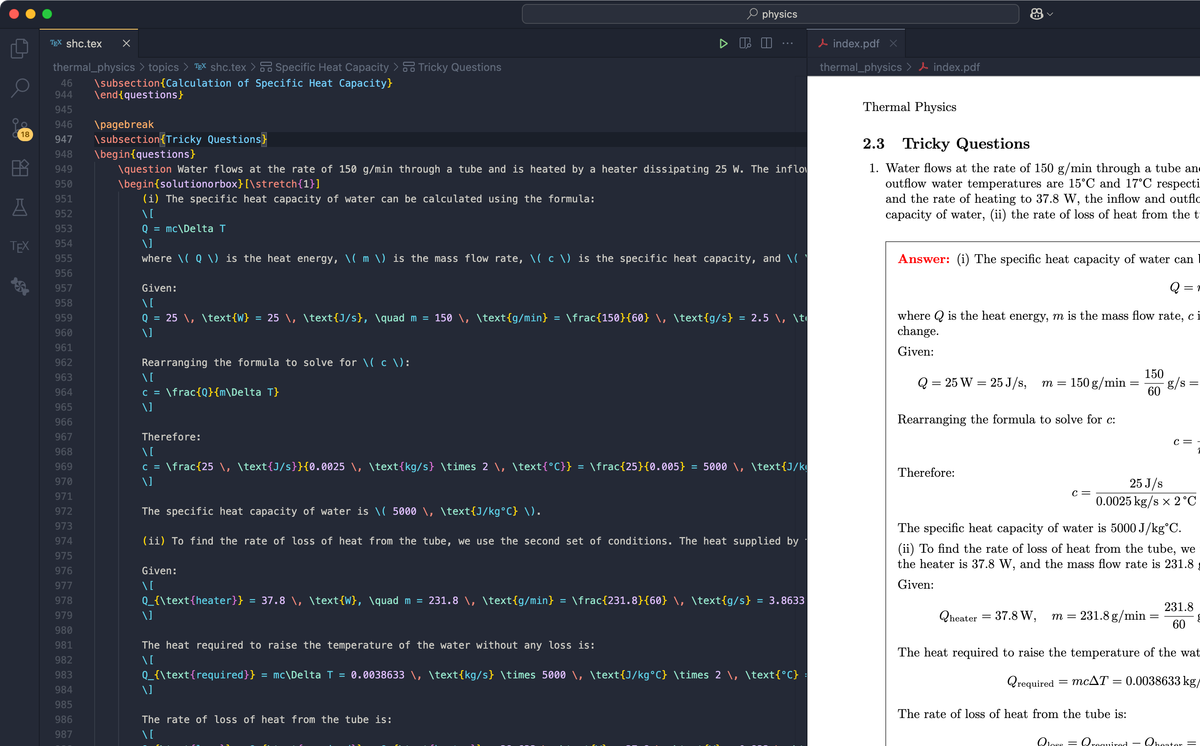
Almost nine out of ten times when it comes to making worksheets, I immediately turn to LaTeX— especially when I can write easily on VS Code along with Copilot (more to come soon!).
Here's 5 of my recommended LaTeX packages (non-standard ones or the niche ones) especially for Physics teachers:
exam
This package is meant for creating exam papers, but I made modifications for day-to-day worksheets. There's plenty of functionality, but here are some highlights that felt relevant to me:
- Matching question and answer (they called it solutions) when writing along with options for no solution space, box area, dotted lines area or just blank area.

- Sub-questions or multi-level questions in hierarchy.

- Toggle to show (print) answers (solutions) with a simple command.

- Multiple choice questions with plenty of styles such as checkboxes.

- Fill in the blank questions using
\fillin[answer].

- True of false questions.

Some modifications I did for my worksheets:
- To not show points (or marks).

- To show answers (solutions) in red and instead of the word
Solution, useAnswerinstead.

- Use
\stretch{1}so solution box fill the remaining page area - along side with the use of\pagebreak.

Example of my booklet's pages using this package looks like this:
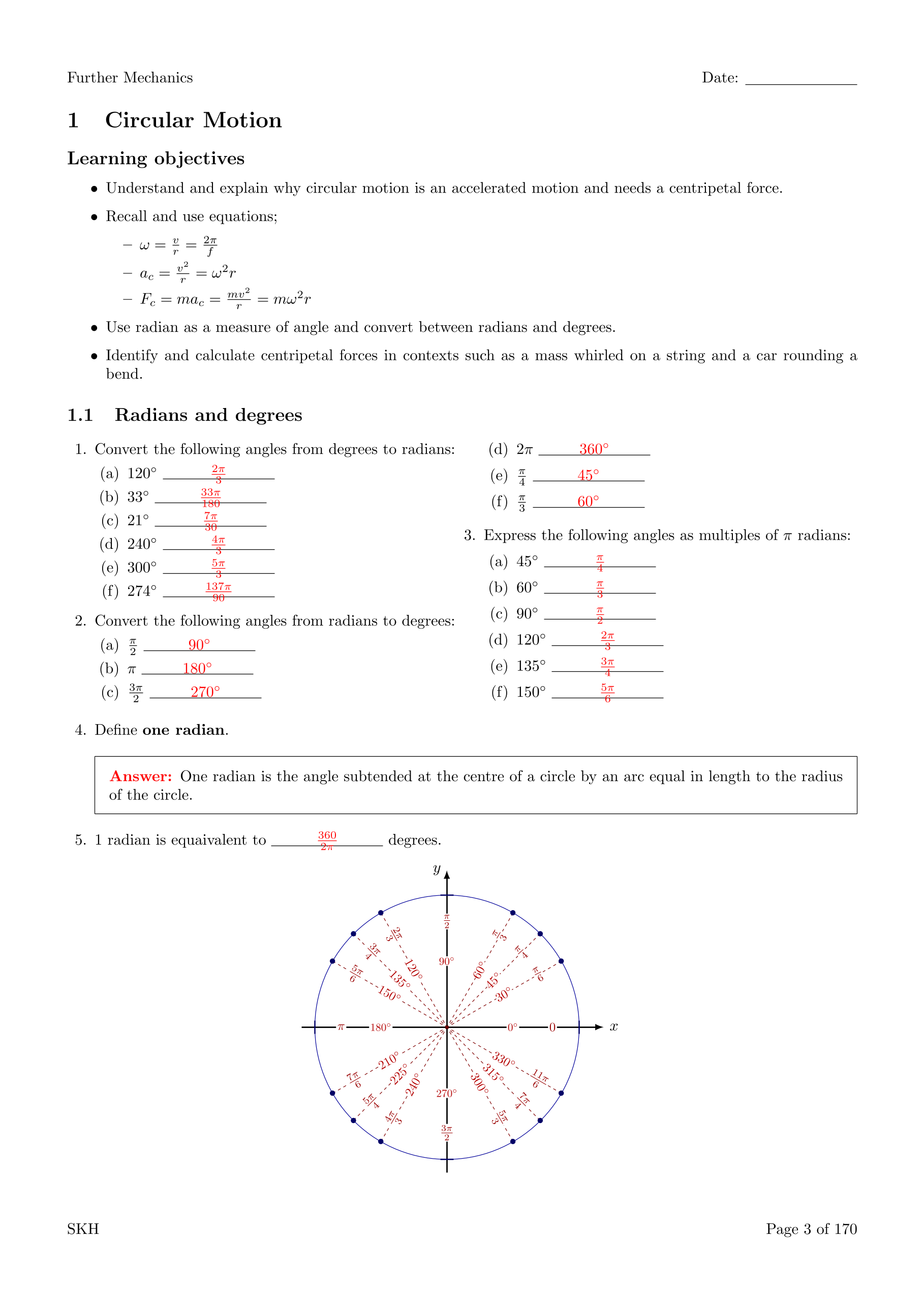

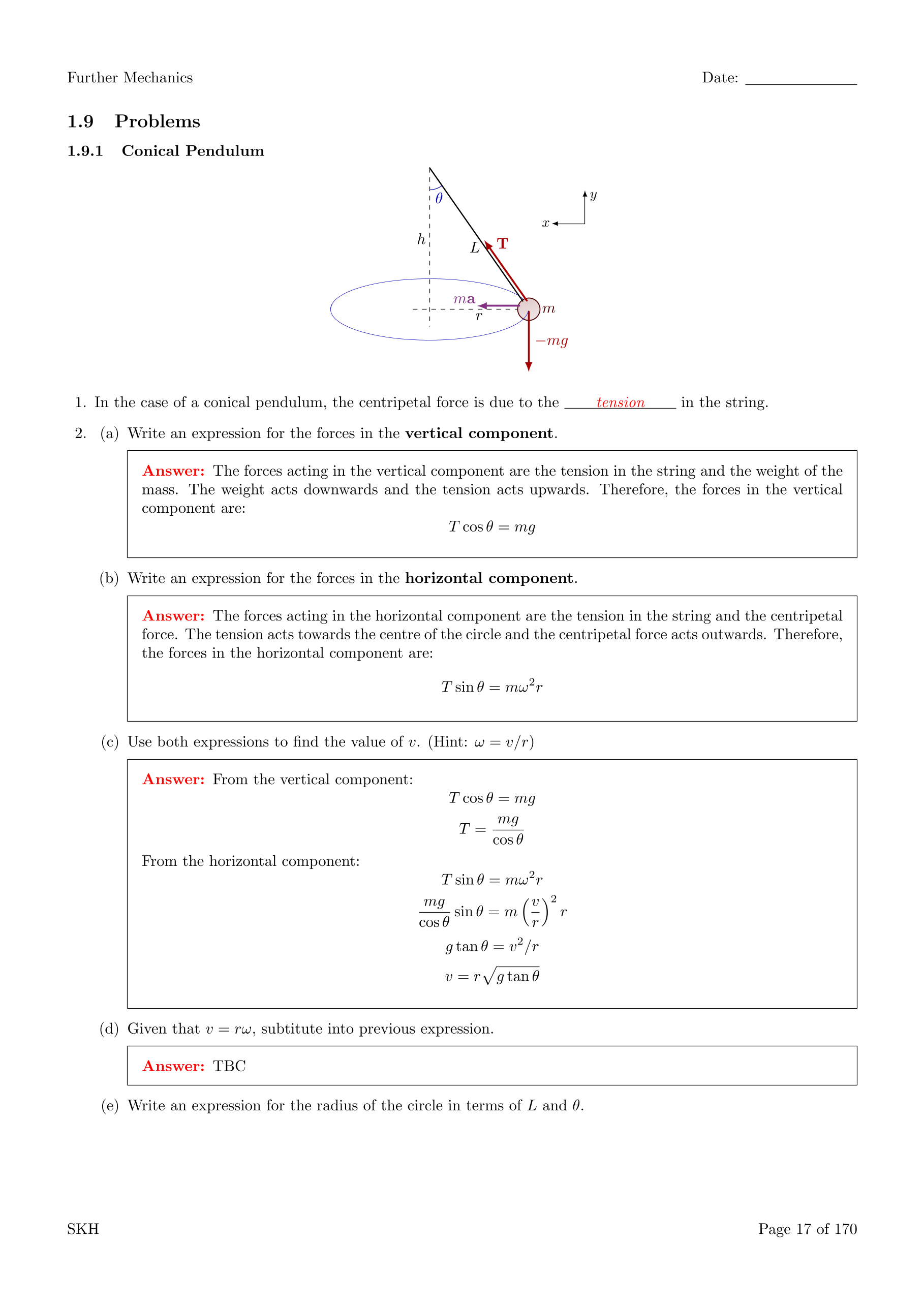
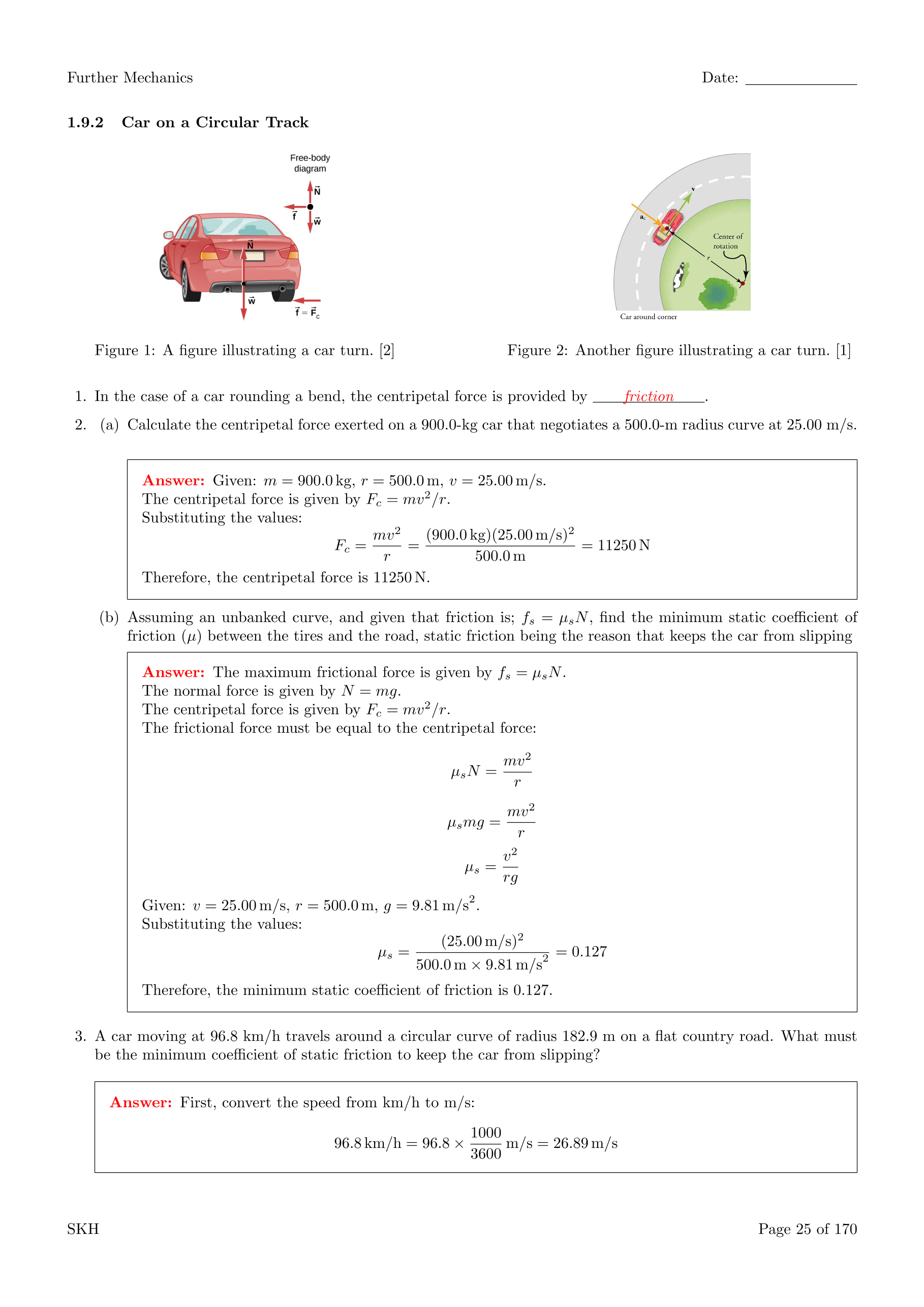
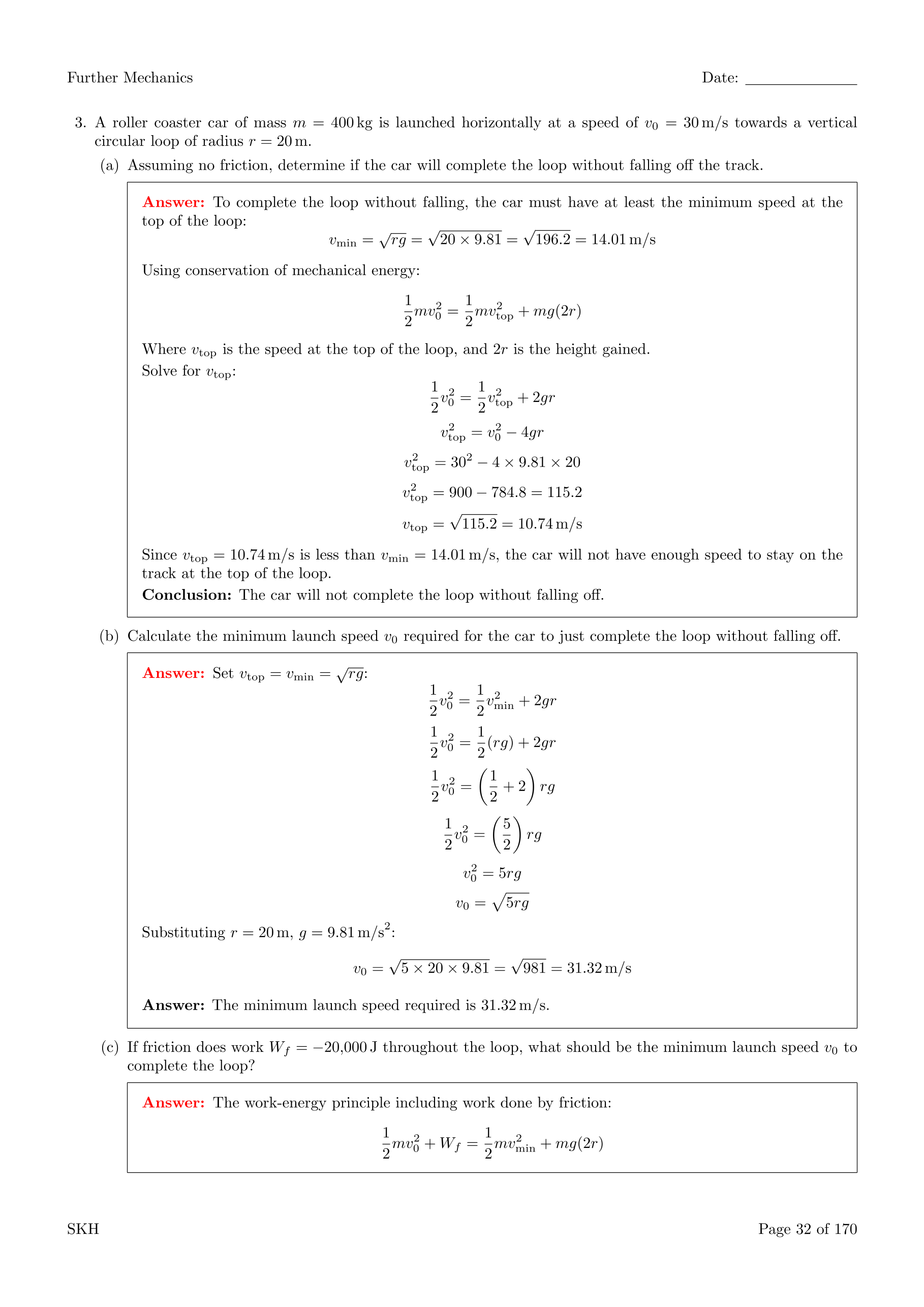
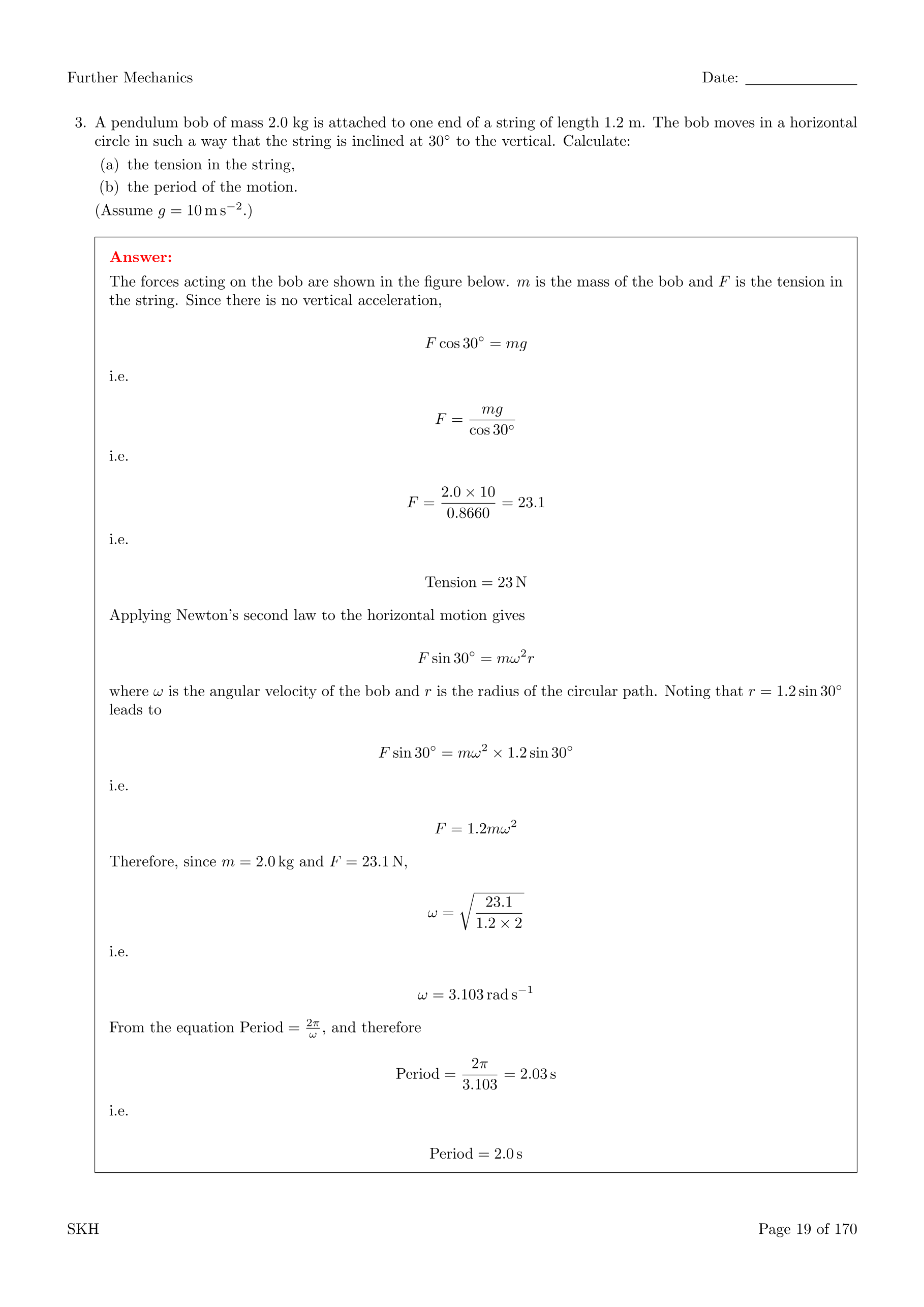
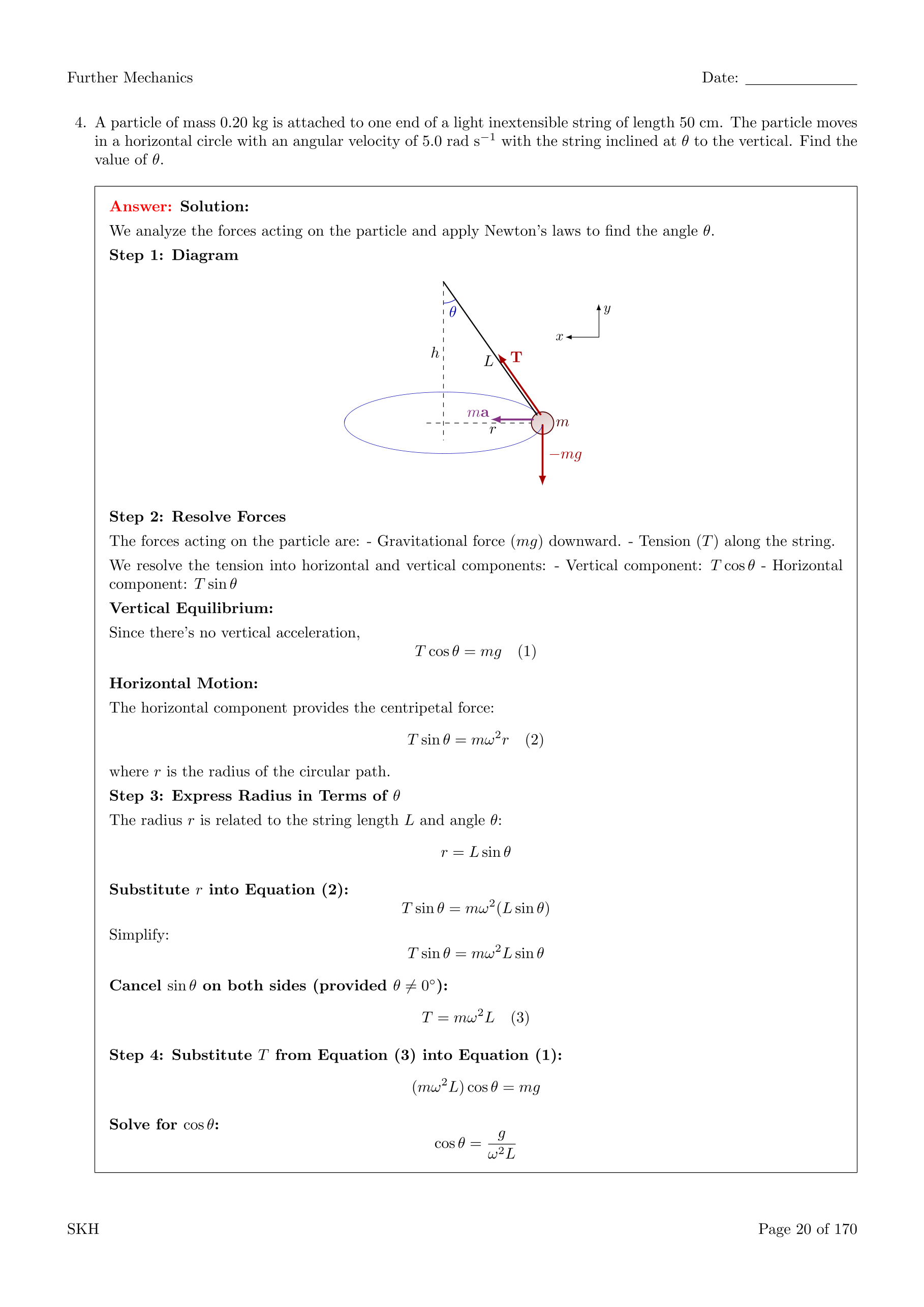

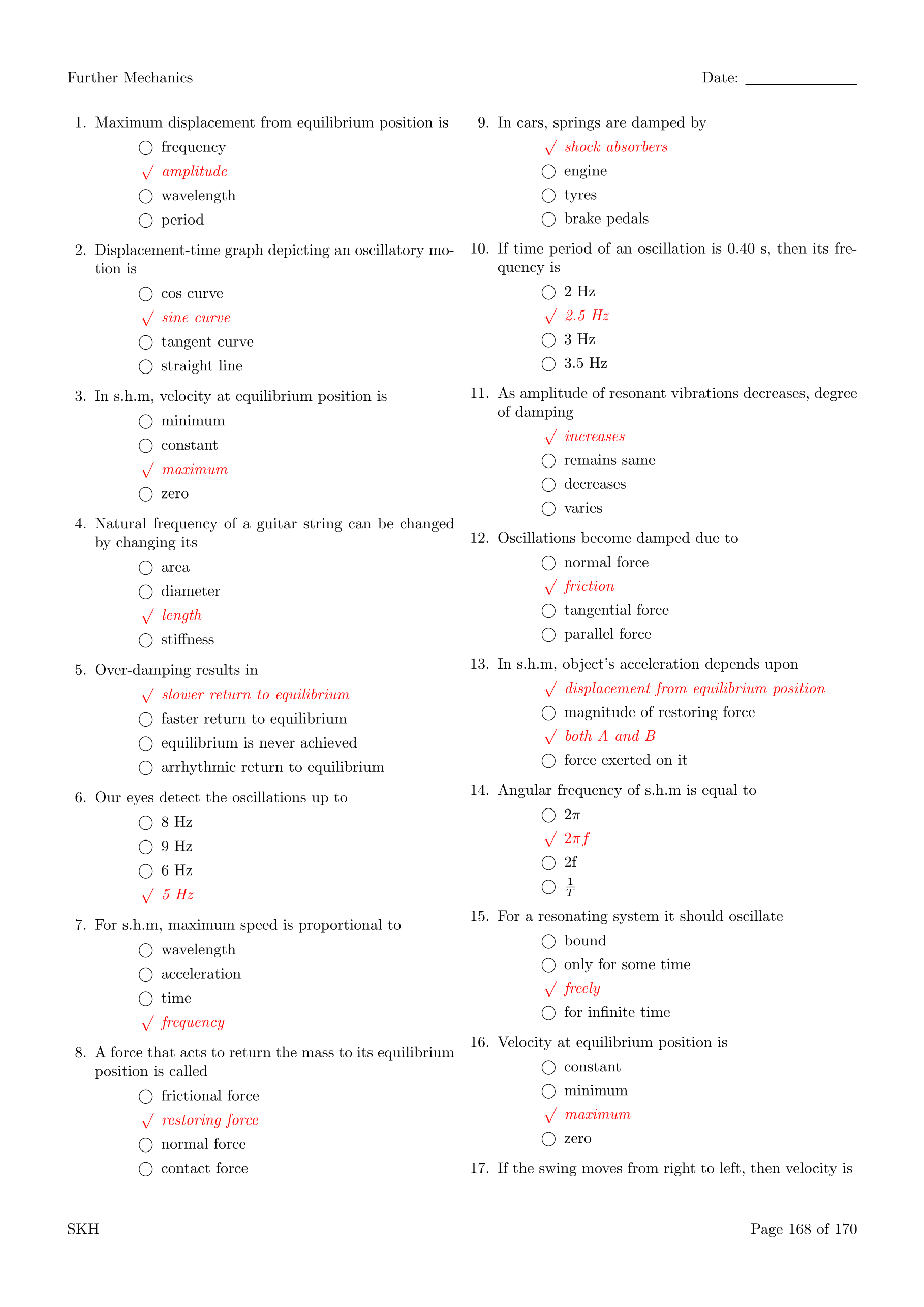
pgf-interference
This package makes creating diagrams of wave interference pattern a breeze! Plenty of options and parameters you can adjust which are neatly documented in their manual.
Just a heads up, it takes quite a couple of mins to compile even for me running on an M4 MacBook!

Example output:
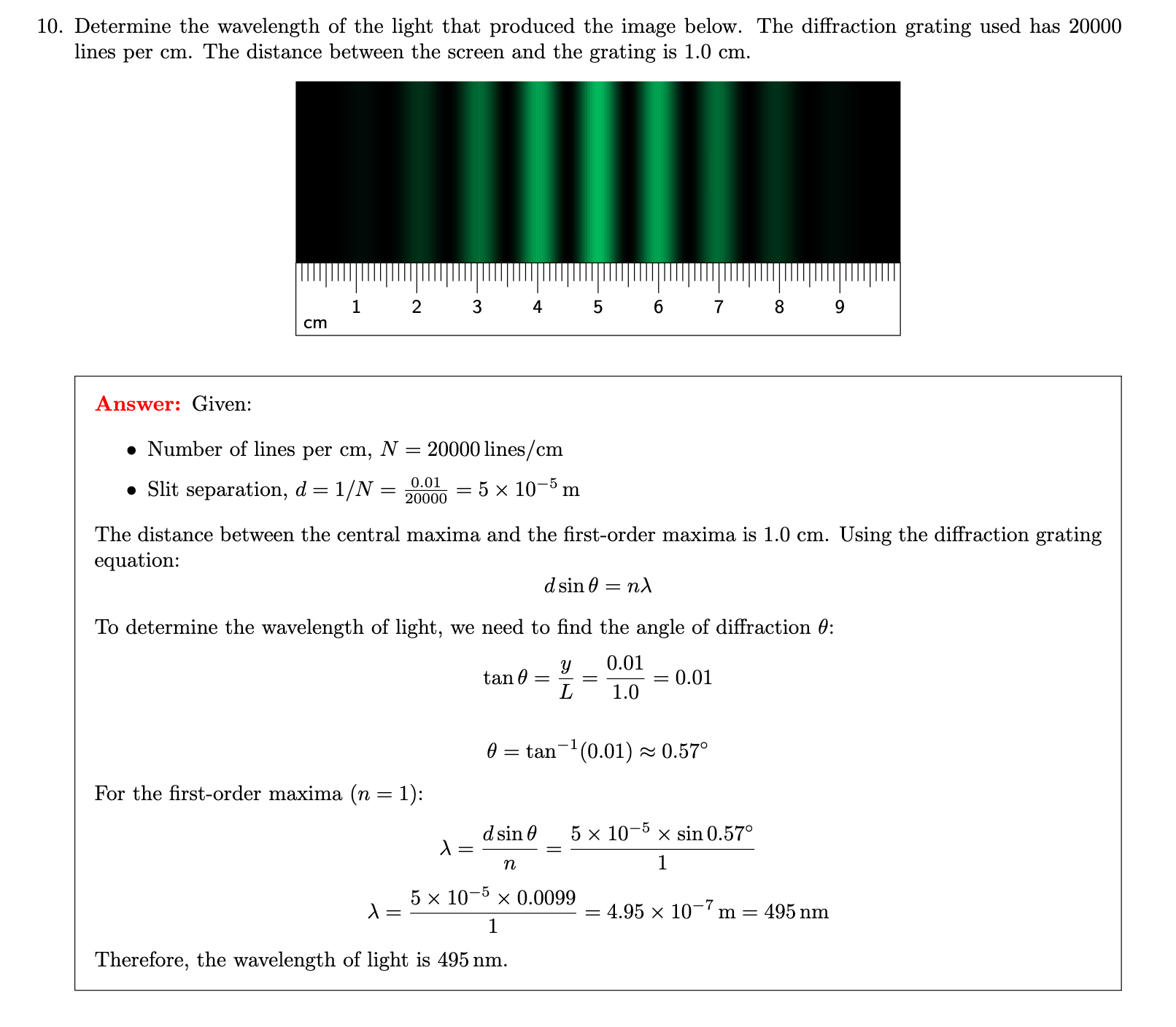
TikZ-Feynman
The principle is straightforward once you get the hang of it, especially for A-Level Physics, which tend not to be that complicated and only involve a few interactions that students need to know. I added comments below to my code to create a simple beta-minus decay diagram.
Full documentation on customisation in their manual here.

pdflatex will create weird alignment issues and incorrect drawing, however compiling to pdf using lualatex works great as written in their manual!
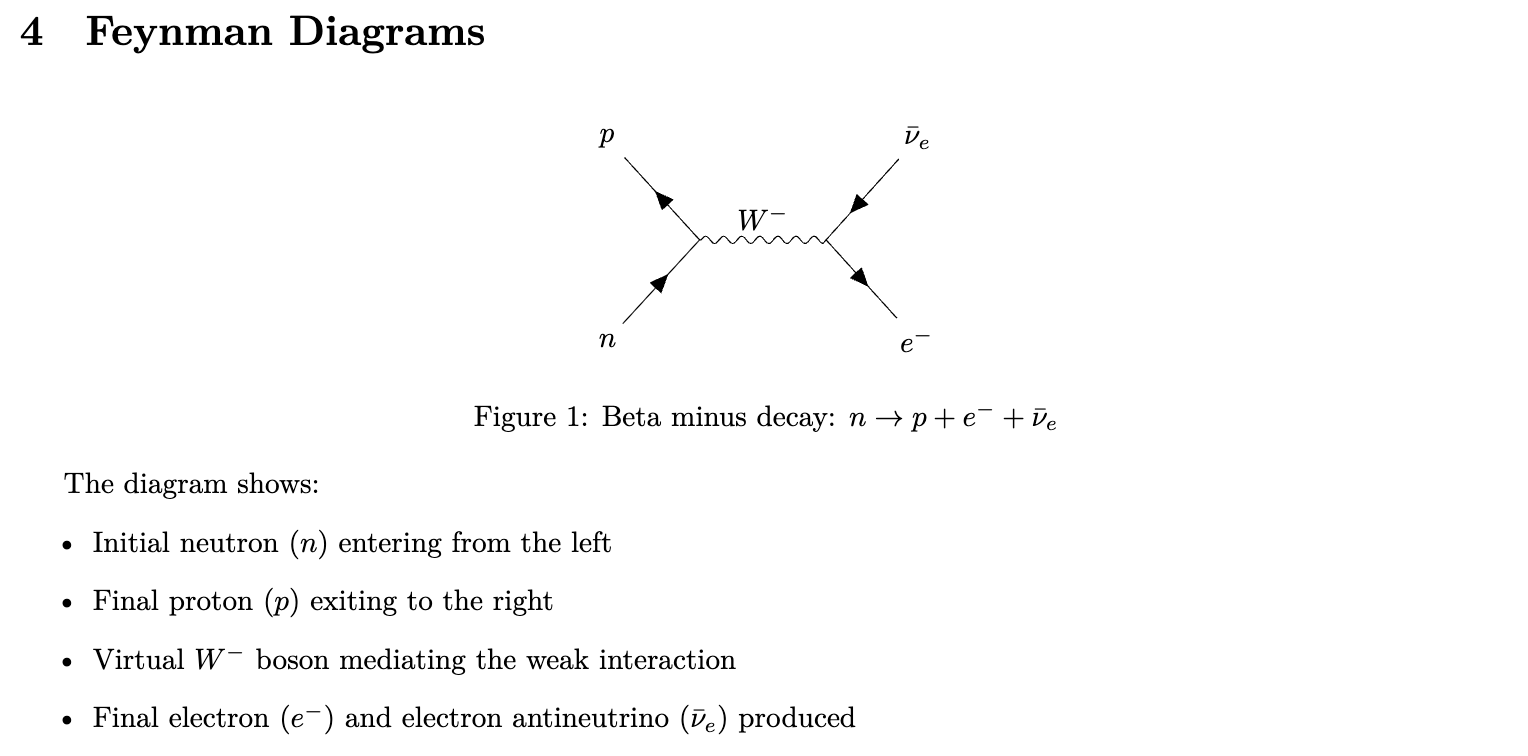
When using alongside the exam package, I can create questions and their solutions. However, I found that I can't use the \fillin[answer] command in the labels, so I created a basic 'phantom' box as a label, then include the answer underneath with \begin{solution} not \begin{solutionorbox} otherwise it will create a blank boxed area.

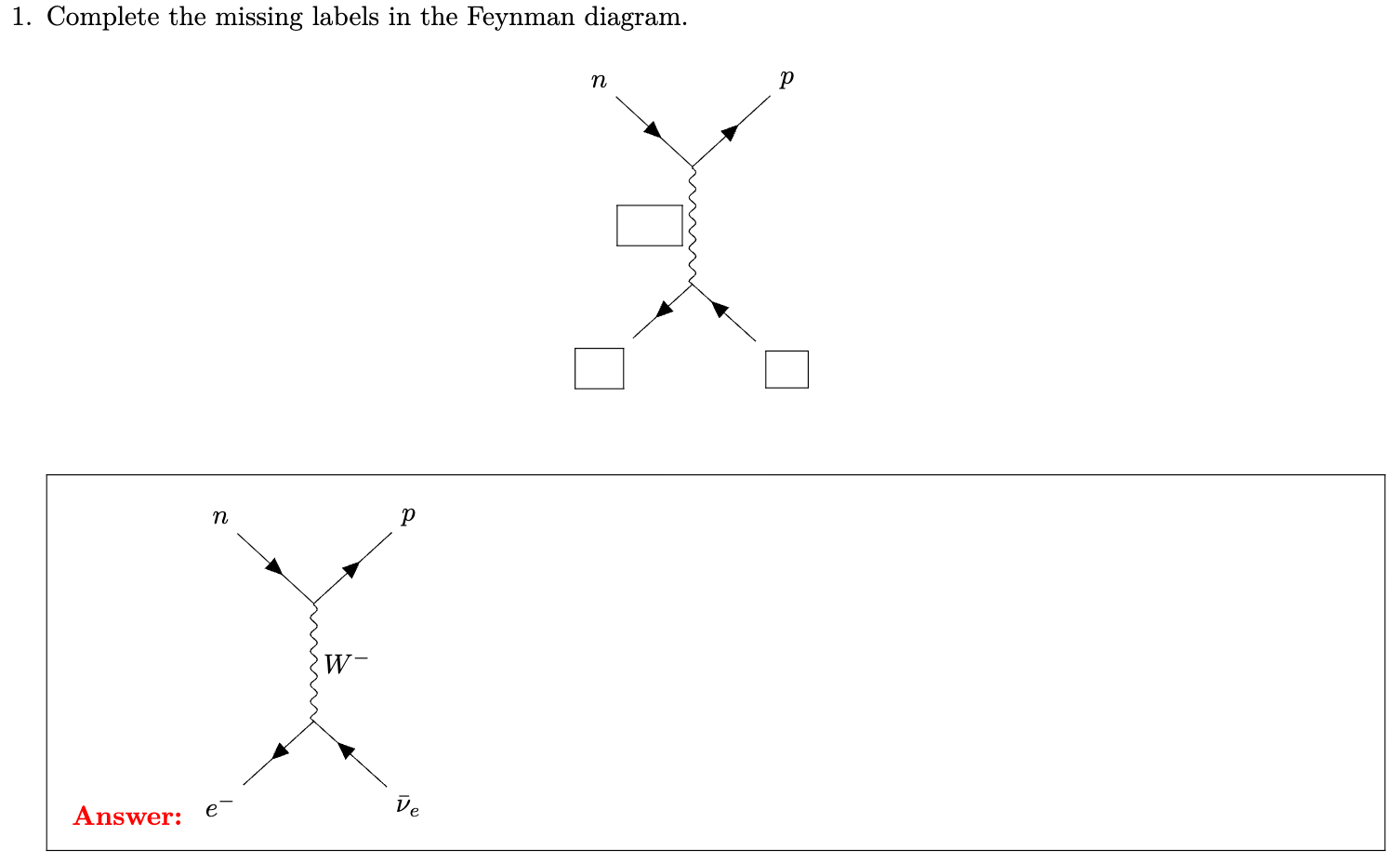
CircuiTikZ
This one is quite a headache or confusing sometimes, to be honest with you. The most important thing is the vast library of components and level of customisations. In my experience, to use this, you need to get your head around coordinates. In short, you basically have to move things around like Lego blocks to align them— sometimes they're smart to identify where to connect to or where to place things, but this is just my experience of it so far.
I have added some comments to my code below on how to create the circuit:

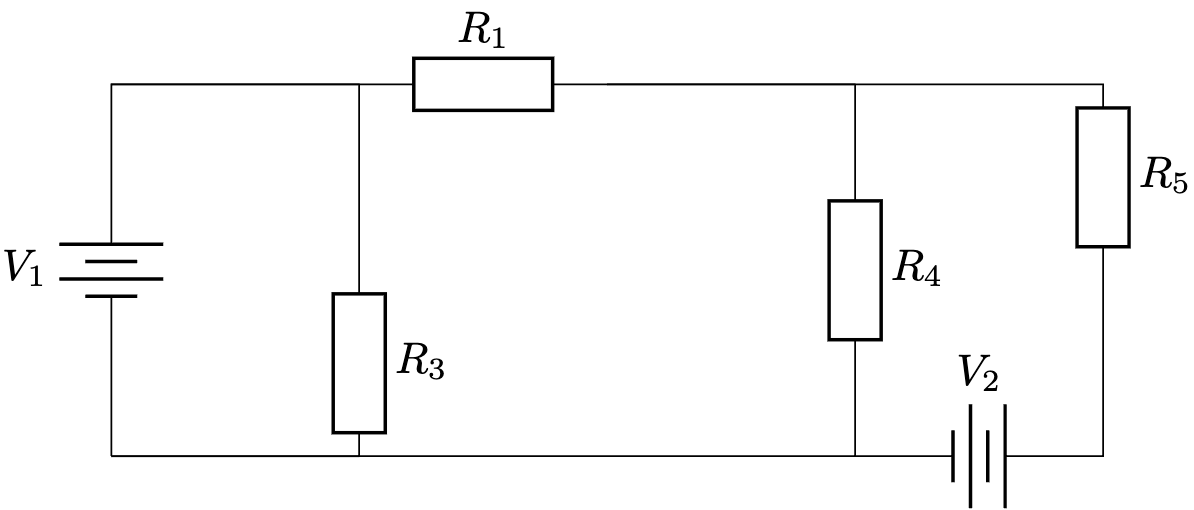
Not a package, but; ChatGPT or Copilot
Whatever you say but honestly, for any diagrams (making use of TikZ), I just ask Copilot (or ChatGPT) with a well written prompt. I took advantage of GitHub Education access which included Copilot access on VS Code including latest advanced experimental models.
Below an example of inline assistant to create similar graphs (I chose the latest Claude Sonnet 4 model):
Copilot 🤝 LaTeX
Some useful links especially for creating drawings with TikZ:
Share me your recommendations in the comments below because I'm desperate to explore the endless possibilities of this!
.tex files related to this post. Enjoy!